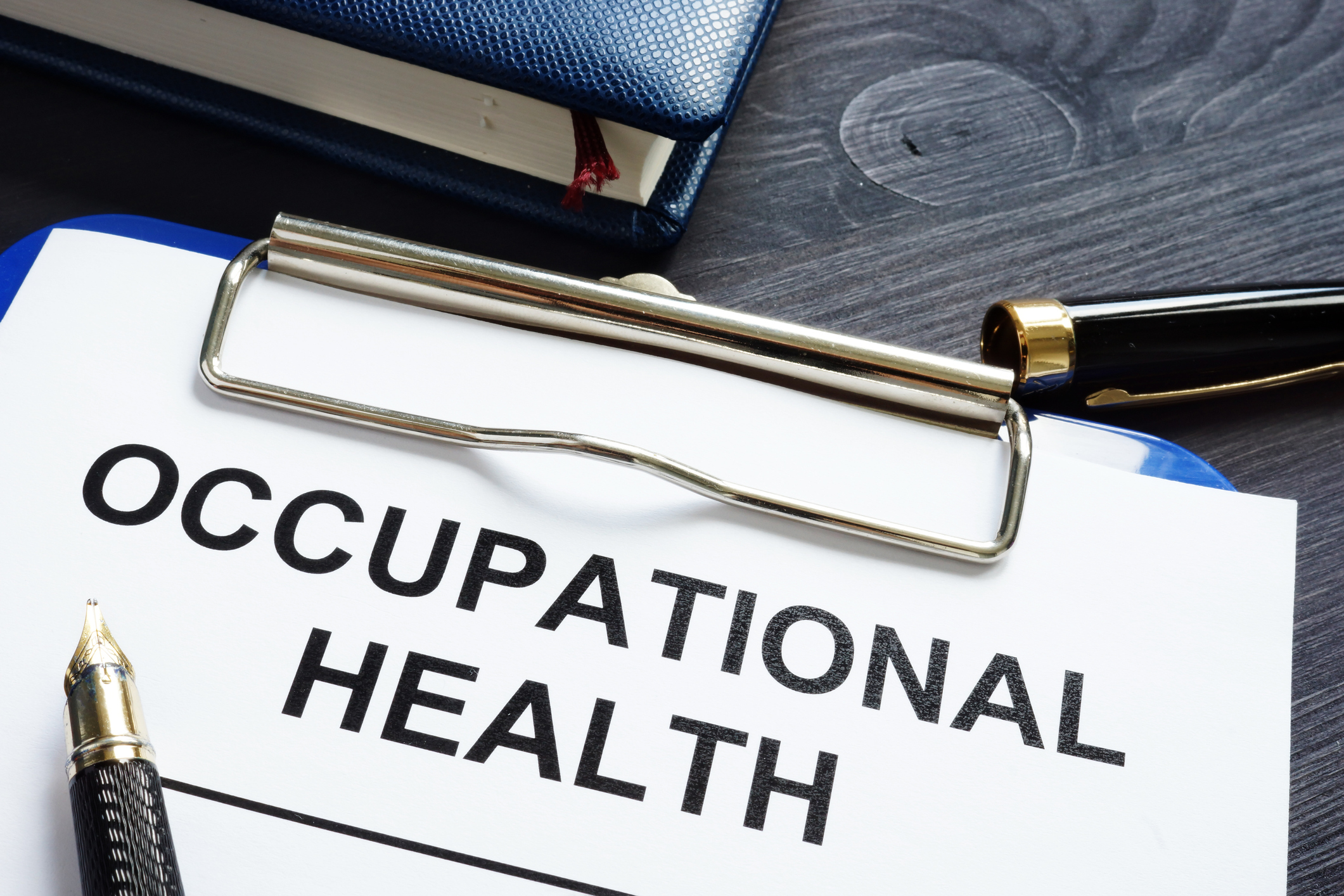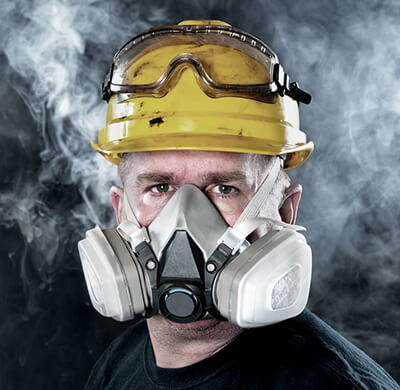
One thing that almost every person has to do in their life is work. It’s a common goal to land a good job with a good employer. And although the salary is important, people today are increasingly focused on proper health and safety factors of the workplace.
As people are living longer, long-term well-being matters more to people now than ever before. In order to address these safety demands by employees, employers now keep a special focus on occupational health.
Here in the U.S., President Richard Nixon signed into law the Occupational Safety and Health Act in 1970, which prompted Congress to establish the Occupational Safety and Health Administration (OSHA) under the U.S. Department of Labor. OSHA is well-known for being a governmental agency where an employee of a company can confidentially report unsafe work conditions, so this helps to keep companies focused on employee safety and a healthy environment in the workplace.
How to Foster Occupational Health
Different workplaces can present multiple types of health and safety hazards. Natural risks will depend on the nature of the work and the work environment. Man-made hazards, however, can be prevented – they are often caused due to neglect on the part of workplace management.
Occupational health is a specialized field that studies and deals with the different determinants of workplace health and safety, focusing on the well-being of all employees. This field also extends to assessing the work environment and implementing guidelines to help reduce potential impacts on workers’ health.
Creating a Healthy Workplace
OSHA has various regulations that will help every employer to establish a healthy workplace for its workers. This can involve many things, including:
- Ergonomic workstations for desk-based professionals
- Safe vehicles for professional drivers
- Protective glasses, hats, masks, gloves, etc. for labor professionals
- Providing and maintaining proper equipment for all
Determinants of Occupational Health
Physical health risk factors are the main determinants of occupational health. These are things that may pose a risk for workers to become injured, contract diseases, or breathe unhealthy fumes.
Some examples of health risks are:
- Polluted air or improper ventilation
- Exposure to radiation
- Uncovered manholes
- Slippery floors
What Do Occupational Health Professionals Do?
Occupational health professionals assess the workplace in terms of determinants. They then give their recommendations to management and monitor the employer’s progress in keeping their employees safe and healthy.
They may also assist the management or owners in ensuring they are compliant with labor standards. They also put a strong emphasis on ergonomics for workers who are at risk of developing repetitive-stress injuries.
Workplace Health Partners in Grand Junction, CO
The workers are the driving force of a company and deserve nothing short of a safe and healthy working environment. Every workplace should prioritize occupational health because there is a wide range of irreversible damage that can happen to any employee as a result of unsafe work practices.
Here at WorkPartners Occupational Health, our medical professionals will partner with you for a safe and healthy work environment and work practices. We also provide workers’ compensation medical evaluations, pre-employment physicals, drug testing, and more. Contact us today by calling (970) 241-5585, and let us help you thrive!






